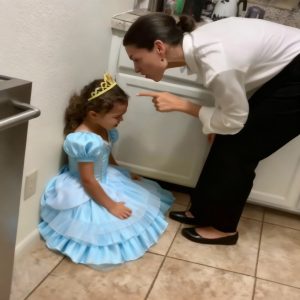How to Fix Moldy or Peeling Walls in a Few Minutes Without Hiring a Technician
Moldy or peeling walls can be a nightmare—unsightly, unhealthy, and often mistaken for a job that requires professional help. But here’s the good news: you don’t need a technician to fix them.
With a few simple tools and a bit of effort, you can restore your walls and stop the problem at the source—all in under an hour.
Here’s a step-by-step guide to fixing moldy or peeling walls yourself.
🛠️ What You’ll Need:
- White vinegar or hydrogen peroxide (for mold)
- Baking soda (optional for extra mold-fighting power)
- A spray bottle
- Scraper or putty knife
- Sandpaper (medium-grit)
- Wall putty or spackle
- Paint primer (mold-resistant if possible)
- Matching wall paint
- Paintbrush or roller
- Gloves and a mask (for safety)
🧼 Step 1: Identify the Cause
Before you fix anything, identify the source of moisture. Mold and peeling paint are usually caused by:
- Leaky pipes
- Poor ventilation (especially in bathrooms or kitchens)
- Roof or window leaks
If you don’t fix the root cause, the problem will return—fast.
🧽 Step 2: Kill the Mold (if present)
- Put on gloves and a mask to protect yourself.
- Fill a spray bottle with white vinegar or hydrogen peroxide.
- Spray the affected area and let it sit for at least 10–15 minutes.
- Wipe the area clean with a cloth or sponge.
- For tough spots, make a paste of baking soda and water, scrub gently, then wipe clean.
💡 Do not mix vinegar and hydrogen peroxide—they can create toxic fumes.
🧹 Step 3: Scrape and Sand
- Use a scraper or putty knife to remove all peeling, bubbled, or flaking paint.
- Sand the area until the surface is smooth and free of debris.
🧱 Step 4: Fill and Smooth
- Apply wall putty or spackle to any cracks or damaged areas.
- Let it dry completely (follow the product instructions).
- Once dry, lightly sand the patched areas to ensure a seamless finish.
🎨 Step 5: Prime and Paint
- Apply a mold-resistant primer to prevent future issues.
- Let it dry fully before applying your final coat of wall paint.
- Use a paintbrush for edges and a roller for larger sections.
✅ Bonus Tip: Improve Ventilation
To keep mold and peeling from coming back:
- Use exhaust fans in bathrooms/kitchens
- Open windows regularly to let air circulate
- Consider a dehumidifier if your space is consistently damp
💬 Final Thoughts
Fixing moldy or peeling walls doesn’t have to be expensive or overwhelming. With the right materials and a little DIY spirit, you can have your walls looking fresh and clean again—without ever picking up the phone to call a technician.





